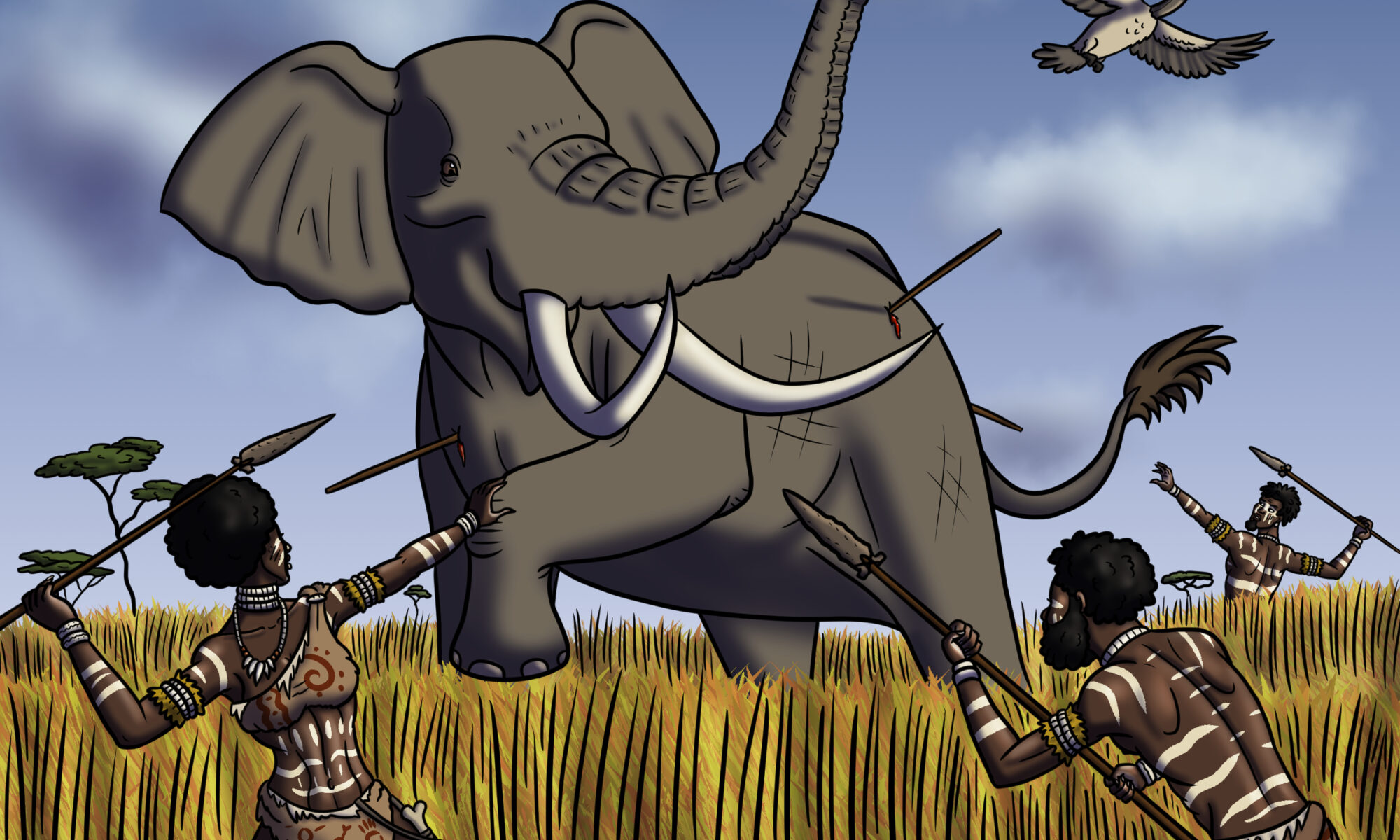It’s a duel of the demigods that pits Achilles, the famous Greek champion, against King Memnon of Aethiopia (which at the time referred to the territory of modern Sudan rather than what we call Ethiopia today). Both of these characters appear in Homer’s literary universe centered around the Trojan War, with Memnon and his Aethiopian army aiding the Trojan cause against the Greeks. They even go man-on-man together as depicted here. Although it is said that Achilles’s father Zeus (yes, that Zeus) respected both fighters to equal degrees and was biased towards neither one of them, the scales of fate told him to give the victory to his son by having him stab Memnon through the heart. Later accounts would claim that the temple of Asclepius in Nicomedia would keep Memnon’s sword contained within, while his body was either cremated or returned to his native Aethiopia for burial.
Although most historians imagine the Trojan War to have taken place between 1260 and 1180 BC during the Mycenaean Period (if it happened at all), I wasn’t aiming for perfect historical accuracy for either of these characters’ costume designs. They are mythical beings after all. That’s why, for example, Achilles is wearing armor more like those of Greek soldiers from the Classical period (510-323 BC) than what their Mycenaean ancestors would have used.

